|
|
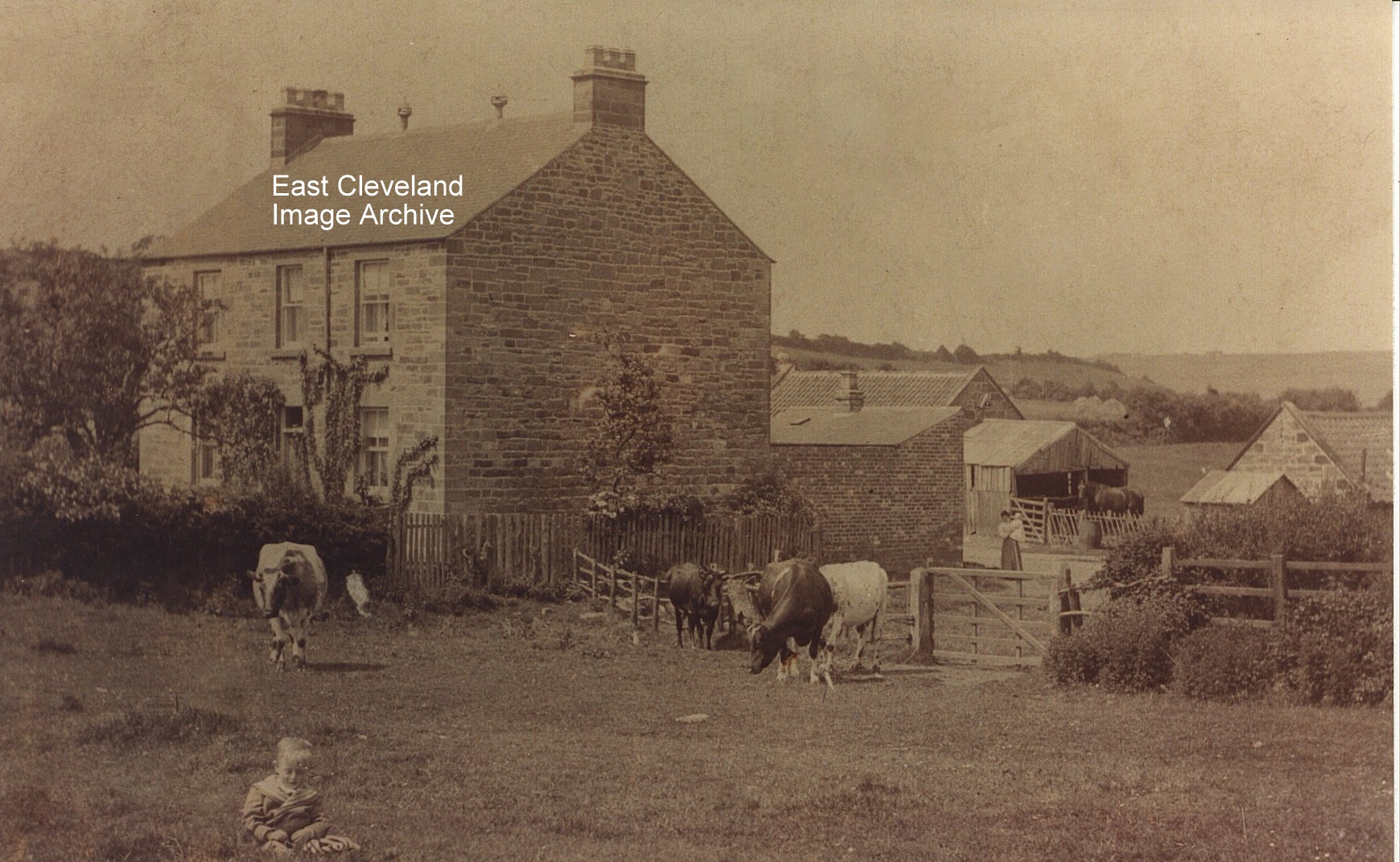
A photograph of Sykes House on lazy, hazy day of summer. Derick Pearson tells us of the image: ”This was taken from where the bowling green gate entrance is now; in 1978 I spoke to Bob Goldby and he showed me this photograph. Bob was living at Skelton then in pensioner’s bungalows, he confirmed it was him as a child sitting there. The buildings behind the lady with the child (Bob’s mother) are the actual site where the championship grade tennis courts were in later years; from the 1920s to the 1980s. The Yorkshire finals being played there at one time and were said to be some of the finest courts around; there were two red gravel courts where the farm buildings are on this photograph and then four grass courts between there and what is now Muriel Terrace; with three pavilions around the courts. Note that none of the houses are visible above the roofs of the farm buildings, as Gladstone Street and the others had not been built; the Club allotments had not yet been established as there are only fields. Where the group of cows are stood is the area which was called Speddings Pond, from the 1950s and even called that by some of the older residents today. Speddings lived in the house for many years and John Spedding still lives in the house at the bottom of Loftus bank. I played in that pond and many of us used to get frog spawn from there as children. Just around the corner was a beautiful fresh water spring and as a child I used to bottle the water and sell it to relatives who came up from London occasionally. The pond was man-made and used to water the tennis courts and bowling green with a high power pump and they simply took the water that came from the spring to feed it. The surplus went over the road in an overflow pipe and was used even further as a number one toilet. A pair of concrete plinths were made into a channel and tin sheets were built around it and men from the tennis and football matches would go there for a call of nature. Nothing was wasted in those days. The pond would be about 20 foot across if I remember correctly. The outlet to the toilet went on it’s way down the road by the tennis courts and went under the road at the bottom of Dixon Street on its way to the works and then out to sea.”
Image and information courtesy of Derick Pearson.
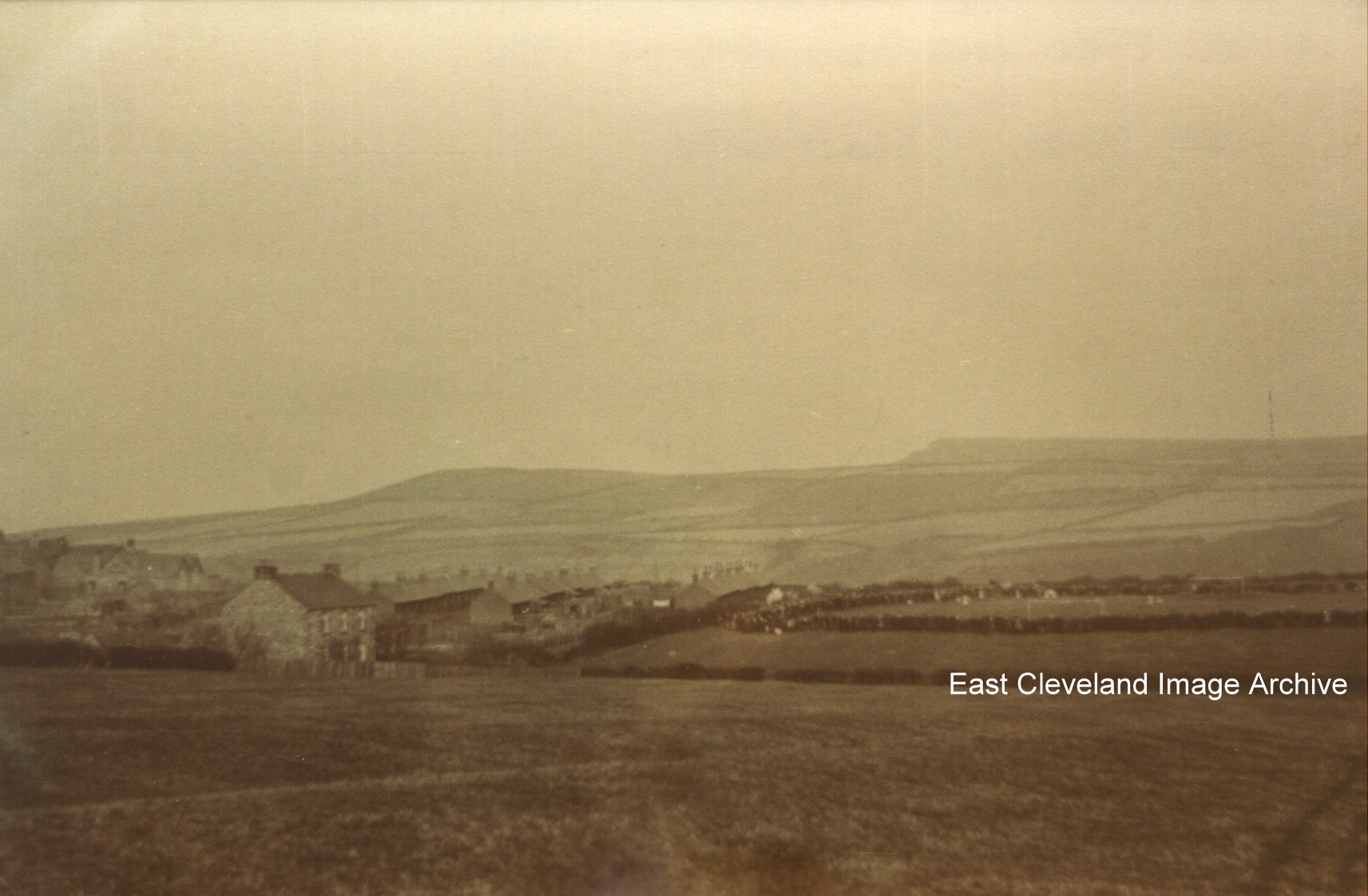
Sykes House is on the front left of the photograph, with the school showing just behind it. To the right is the football field; with a well attended match (but no pavilion or changing rooms!) with the three rows of Bells Huts next to it. In the background are Boulby cliffs with the radio mast on the top, the mast can still be seen today. Derick Pearson has happy memories of Bells Huts: “I lived in the nearest end house of the row next to the Football pitch (no 18) from 1945 to 1950 and we could stand in the garden or sit on the fence and watch the match.”
Many thanks to Derick for that update.
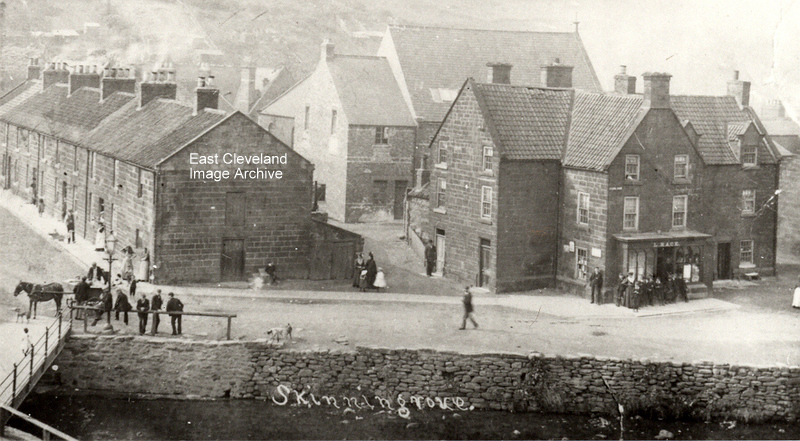
A lot to see in this image, although the view hasn’t much over the years; notice there are no railings to stop anyone falling into the beck. Looking closely it seems the man with the horse is selling something I wonder what; and why the big queue outside the shop? We see the men standing by the bridge; putting the world right as usual.
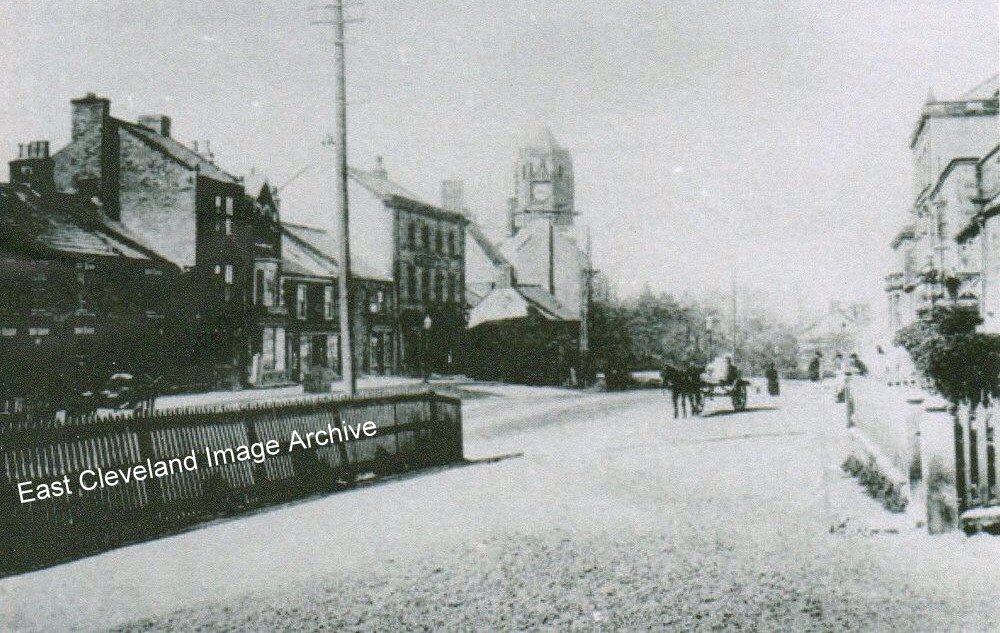
A rather grainy picture showing the market place, strange to see it without any traffic; except for the horse and cart!
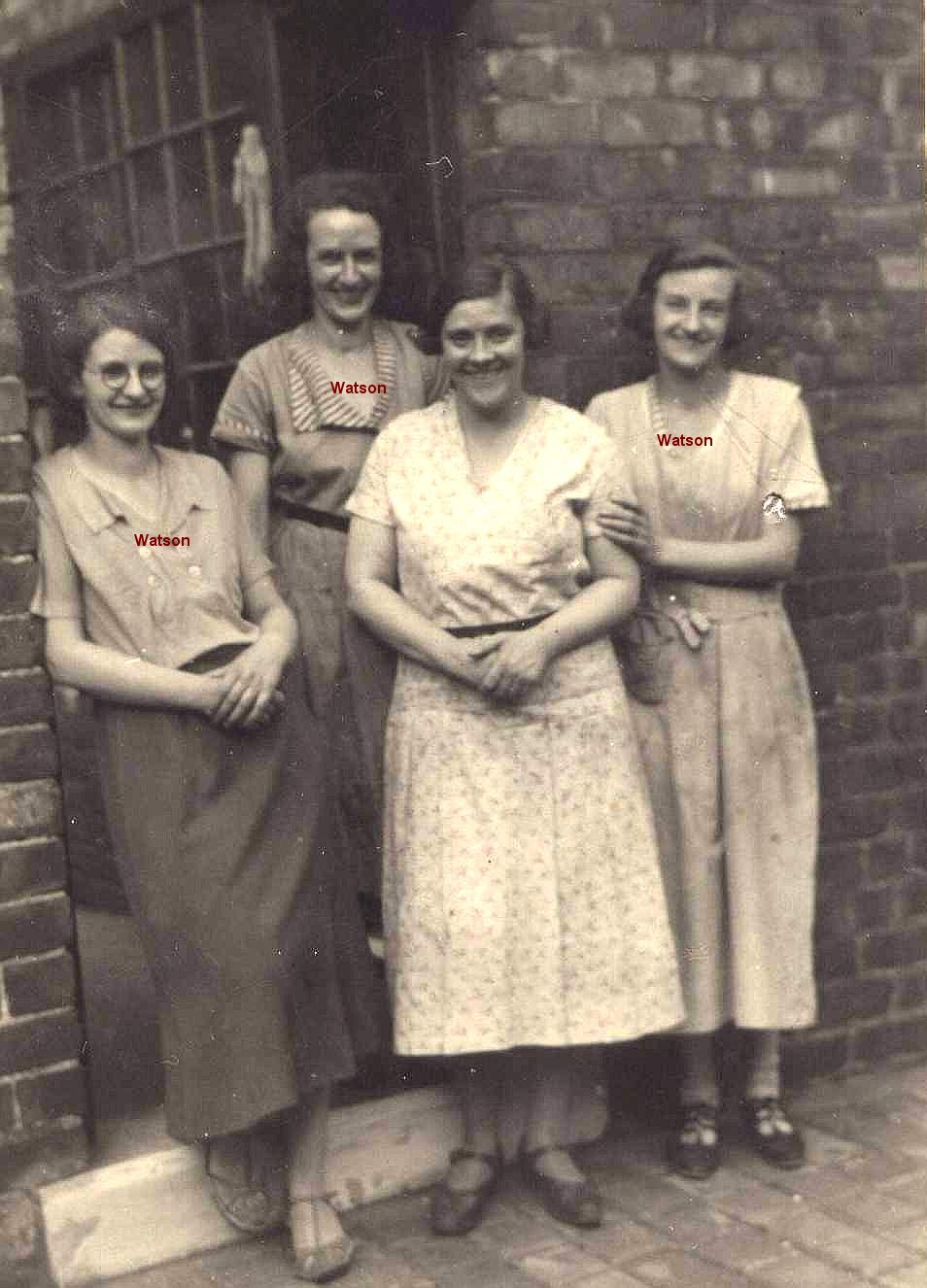
The Watson sisters now grown up! But which is which? John Michael Watson advises: “Annie, Gladys and last is aunty Alice”.
Image courtesy of Carlin How Community Centre and thanks to John Michael Watson for the update.
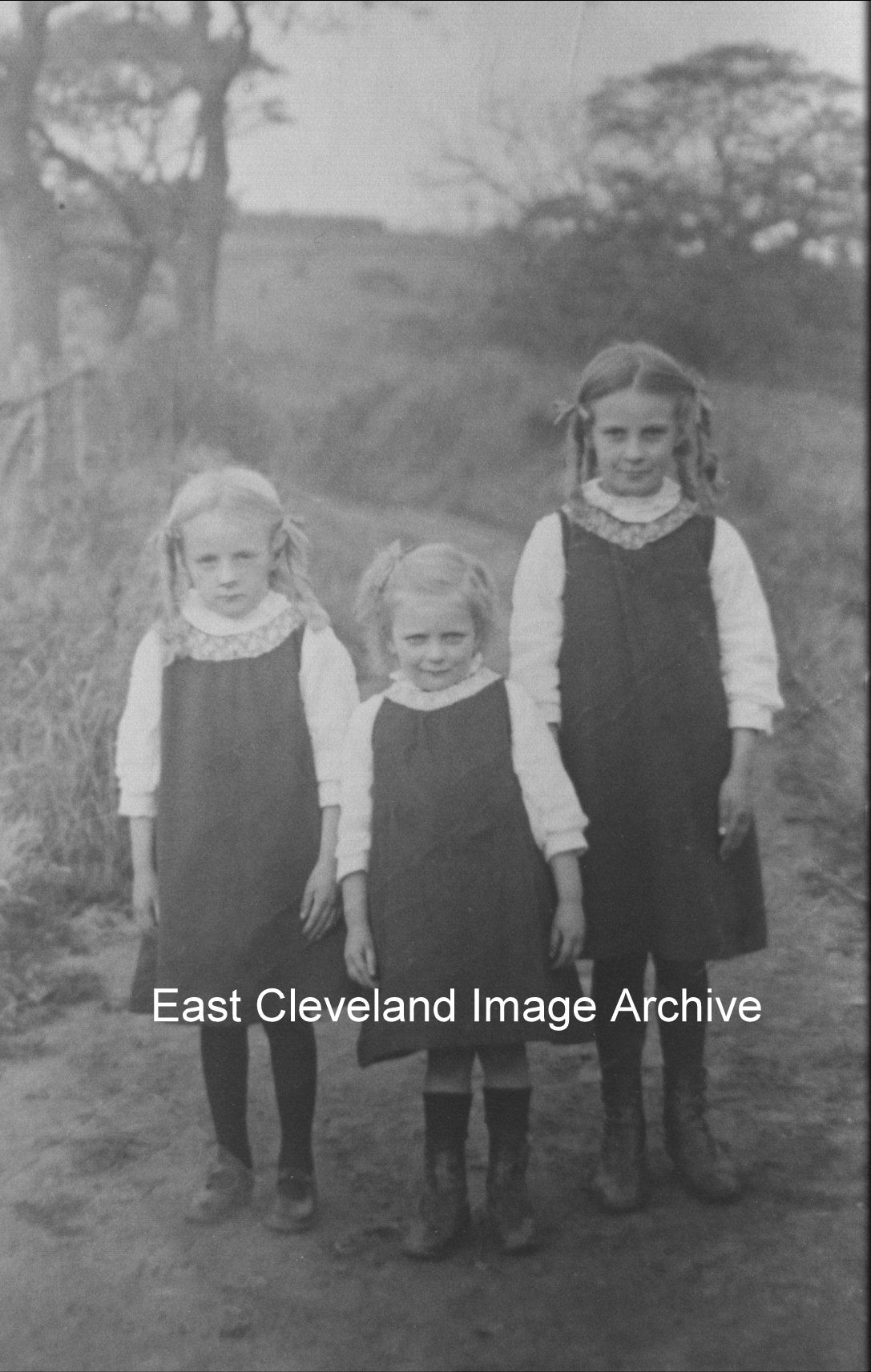
The Watson sisters of Carlin How; Alice, Annie and Bessie. The 1911 Census in addition lists the children as: Bessie 6, Alice 4 and Annie 3, which means there are discrepancies between the date of this image and the Census data. Derick Pearson confirms this fact. Can anybody assist?
Grateful thanks to Gabby Moggie and Derick Pearson for information received.
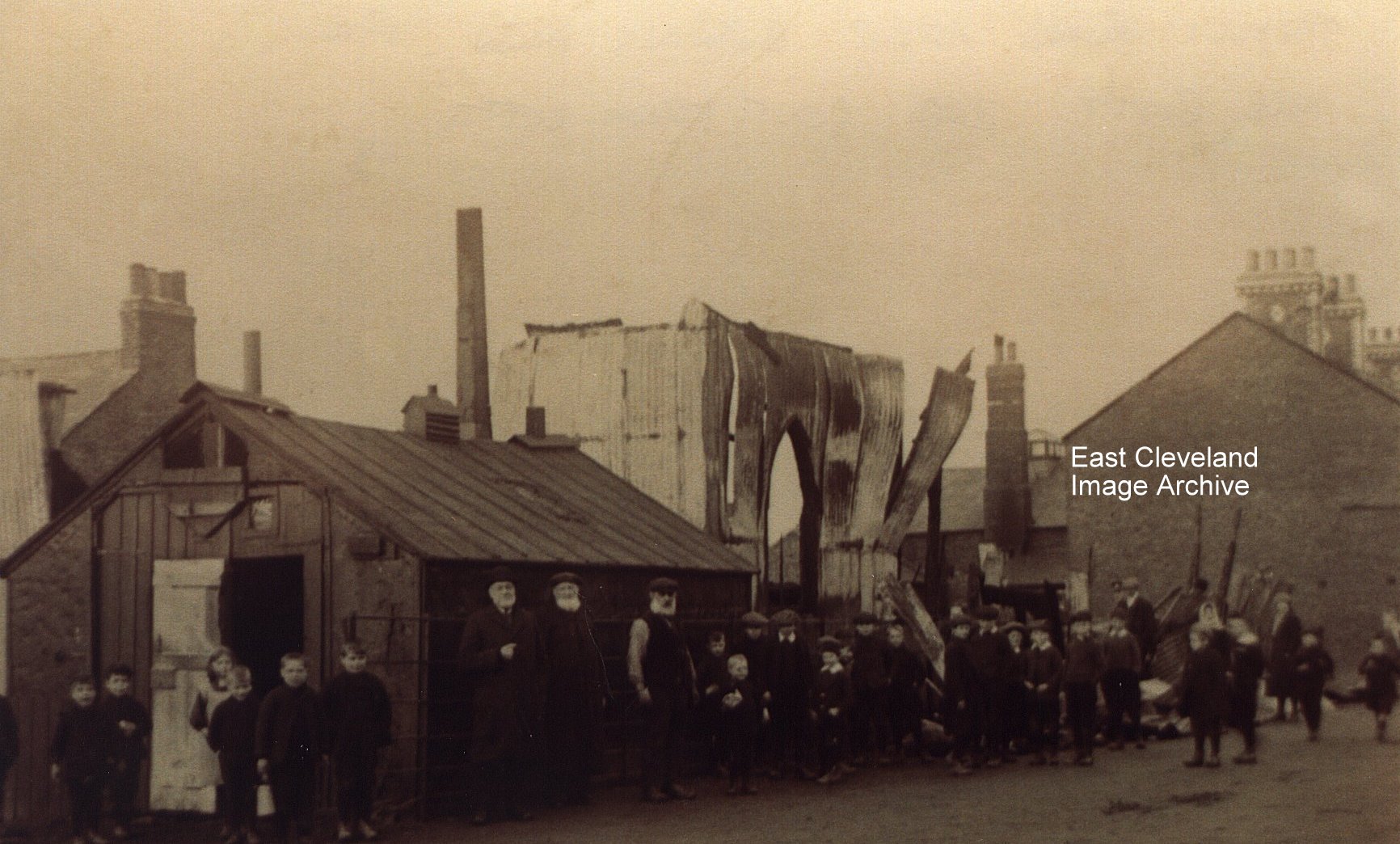
Not a lot left of the Tivoli Theatre after the fire – 4th December 1914 – Mr Biott is the man third from the left (white shirt sleeves); he was the owner of the fish and chip shop that was blamed for starting the fire.
Image courtesy of the Perm Holliday Collection.
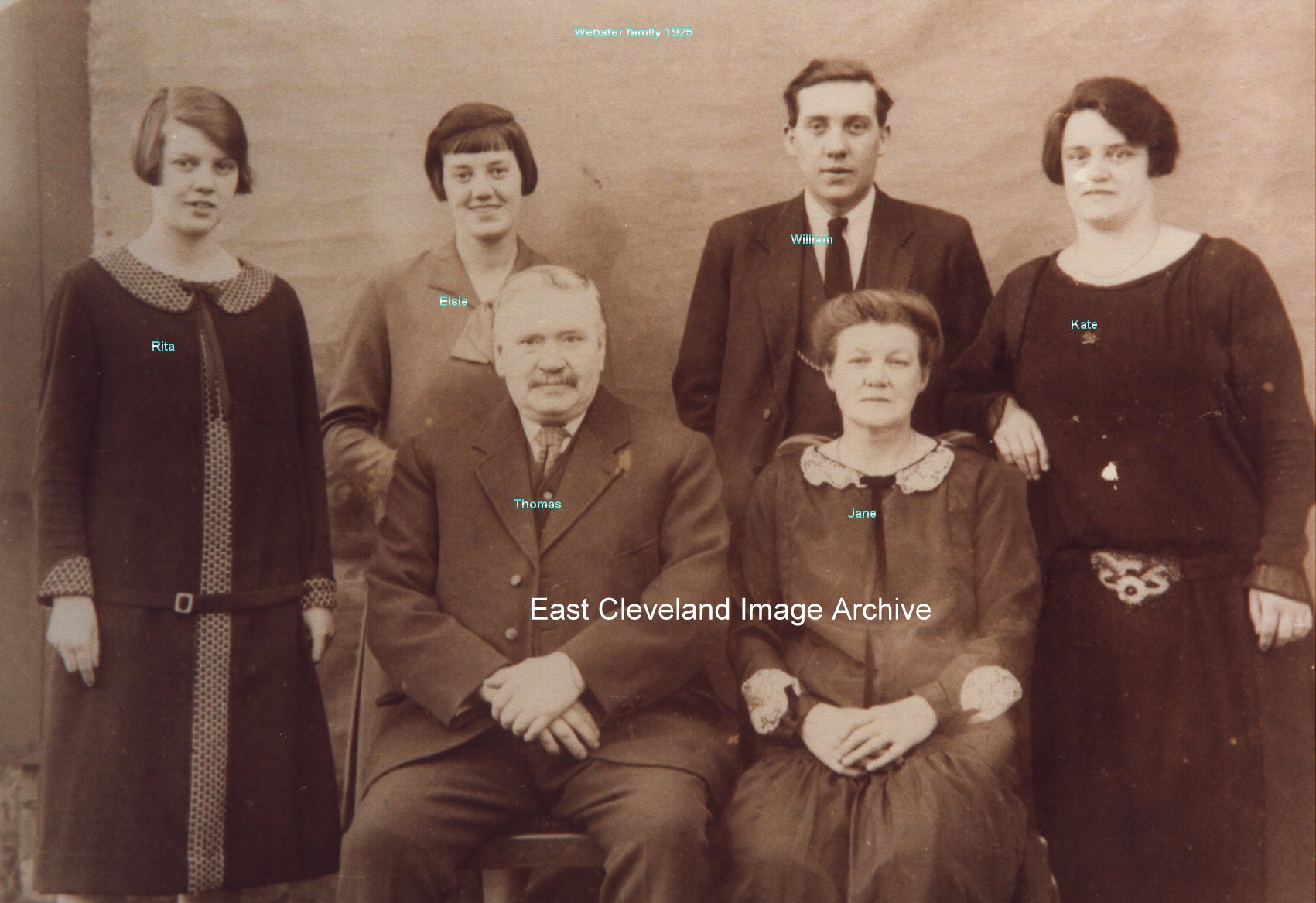
Thomas and Jane we are am surmising are the parents, with from left to right; Rita, Elsie, William and Kate, are there any families of these still in the area? Derick Pearson tells us: ”I believe Dorothy Limon (nee Webster) is a Grandchild of these, and if so The Mini Market along Brotton road at Carlin How is owned by Great Grandchildren of these folks. Andrew, Sarah etc.”
Image from a collection created by Derick Pearson and thanks to Derick for that update.
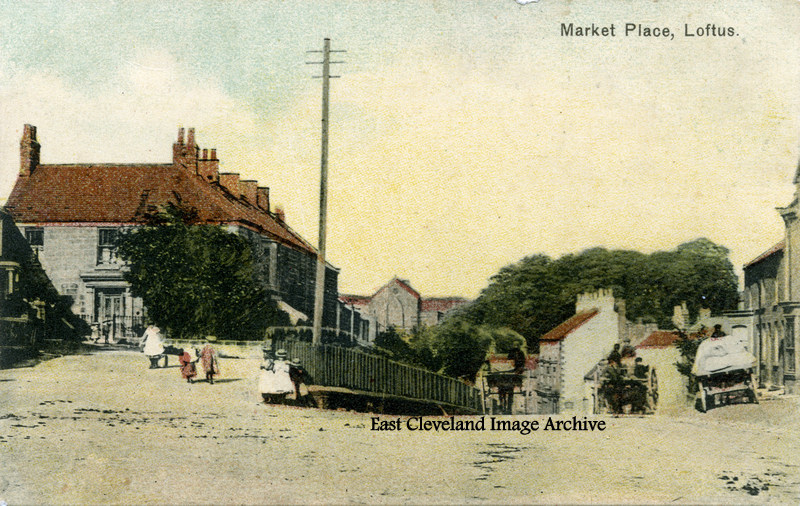
Loftus Market Place, at the end of the nineteenth century. With Newton Memorial Chapel in the distance. In the left hand corner is the Priest’s Manse of St Josephs R. C. Church; showing horse-drawn transport, dirt roads, this is a good historic image of the bottom end of the Market Place.

At last a photograph that I know what’s going on, that’s just because it tells us on the image. The laying of the pipe organ at the Wesleyan Chapel late 1880’s
Image courtesy of the Pem Holliday Collection.
|
|










Recent Comments